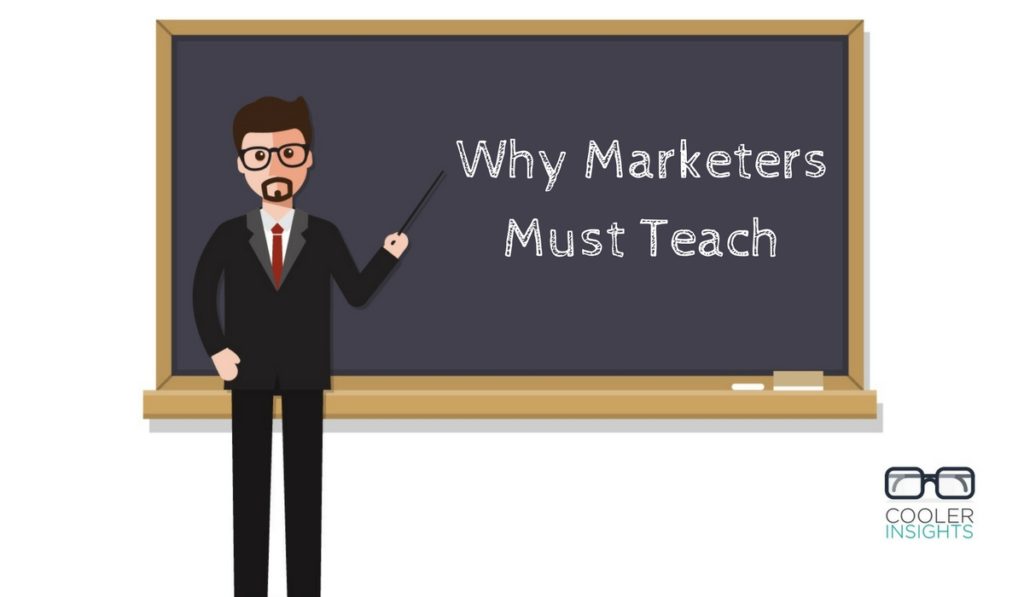By now you would have read numerous articles proclaiming the death of the blog. Like this, this, this, this and this.
Friends are also telling me that nobody blogs anymore. Some of their sound bites goes like this:
Customer service is one of the most talked about topics in Singapore. Hell hath no fury like a Singaporean customer scorned. At the same time, we have this incredible obsession to share what we eat, wear, buy and do, often with “value-added” comments (“yay” or “nay”).
Unfortunately, retailers and F&B operators are often oblivious of what their customers think. While a few do trawl the web to search for answers (good or bad), most continue their operations in blissful ignorance.

AI Image by Nano Banana
Screens, screens and more screens.
With smartphones, tablets, laptops, and of course the good old TV (or Apple TV for the gadget geeks) and cinema, everybody is staring at an electronic device. Lifestyles have certainly changed in the hyper-connected new social era, enabled by digital gadgets that are perpetually connected to the web.

Courtesy of Freepik
Give a man a fish, and he’ll eat for a day.
Teach him to fish, and he’ll eat for a lifetime.

Courtesy of TeropongSkop
Do you know what SoLoMo is?
(Nope, its got nothing to do with King Solomon, although there is certainly some wisdom there).

Image courtesy of Lesgo LEGO Movie
Who are the rulers in the digital and social media age?
By now, you’ve probably heard that content is king. In the age of omnipresent 24/7 media served through ubiquitous smart devices, it is the currency which wins hearts, minds and wallets.

Too many toys to choose from! (Ethan in a shop in Shibuya, Tokyo)
Hit by a flash of inspiration, you decided one day to pursue your dream.
You are all fired up and raring to go. After slaving away for goodness knows how long, you have perfected your recipe for world domination.

These male chimpanzees practise social grooming (courtesy of Mad Science @ QHST)
Noticed why your birthday photos are more well “liked” than a business update?
Or that people whom you “liked” and “commented” on tend to return the favour?
What is the true essence of marketing?
I believe that it can be distilled into three basic questions:

Bob Hoffman (courtesy of The San Francisco Egotist)
Well, Bob Hoffman (above) seems to think so.
Before I talk about Bob’s ideas, let me state that I love Mitch Joel’s Six Pixels of Separation podcasts.